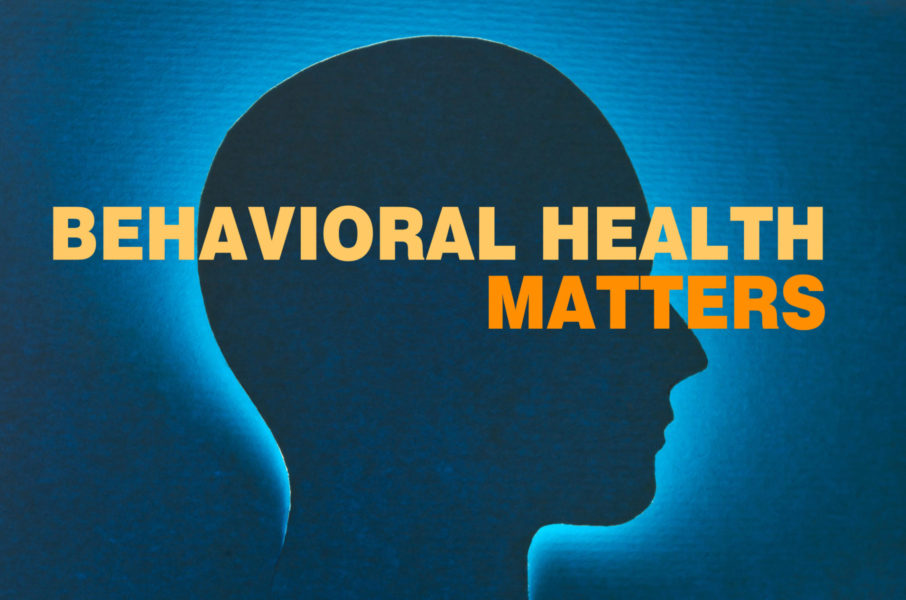Characteristics of America’s Most Prevalent and Invisible Eating Disorder
Although Binge Eating Disorder (BED) is a relative newcomer to medically-recognized eating disorders, it is now the most common eating disorder in the United States1. Its recognition is important because before 2013 people experiencing BED-like symptoms might have been diagnosed under “eater disorder not otherwise specified” (EDNOS), which is unfortunate for a couple of reasons; depending on the insurance carrier, people suffering from BED back then might not have had coverage based on the lack of formal diagnosis in accordance with the DSM at the time. Secondly, the comparative lack of research and diagnostic criteria provided limited insight into effective treatment plans.
A combination of its relative newness in medical diagnosis and the cultural tendency to attribute binge eating to a lack of personal responsibility present a unique industry challenge. There are undoubtedly scores of people suffering from BED that are not seeking medical intervention, making awareness a key factor in improving population health.
Prevalence
A conservative estimate puts BED prevalence at around 3% of adults in the United States2. This feedback, however, comes from documented cases, which suggests the truer figure is higher. BED is seen among men, women, and adolescents, and is demonstrated across all racial groups and income levels, though it seems to be the most prevalent in young women.
Characteristics
Some of the common indicators of BED include the following:
- Regularly eating more food than most people would in a single sitting – even to the point of discomfort
- Associating negative emotions with eating, such as shame, guilt, or remorse
- Feeling out of control when eating
- Eating when not hungry
- Avoiding others to eat out of a sense of embarrassment over how much one is eating
Not simply “bulimia-lite”
BED exhibits some similarities to bulimia nervosa that might cause confusion over how to distinguish the two and why such a distinction is important. While it is true that both conditions involve binge eating, each has its own unique emotional and behavioral characteristics, as well as a set of medical concerns if left unchecked.
People suffering from BED don’t exhibit the same unhealthy compensatory behavior as those suffering from bulimia (inducing vomiting, abusing laxatives, excessive exercise), which introduces its own set of health risks. Long-term bouts with BED often result in being overweight or obese, increasing the chances of heart disease, hypertension, osteoarthritis, sleep apnea, and diabetes. In addition, people suffering from BED are likely to also suffer from anxiety or depression.
Over time, BED can become debilitating and, in some instances, life-threatening. The good news is treatment is available and recovery is possible. Promoting awareness of BED will help to eliminate stigma and ensure those that need to seek treatment will feel empowered to do so.
1. “Binge Eating Disorder”, https://www.nationaleatingdisorders.org/
2. “Binge Eating Disorder Statistics: Know the Facts”, https://www.healthline.com/health/eating-disorders/binge-eating-disorder-statistics




